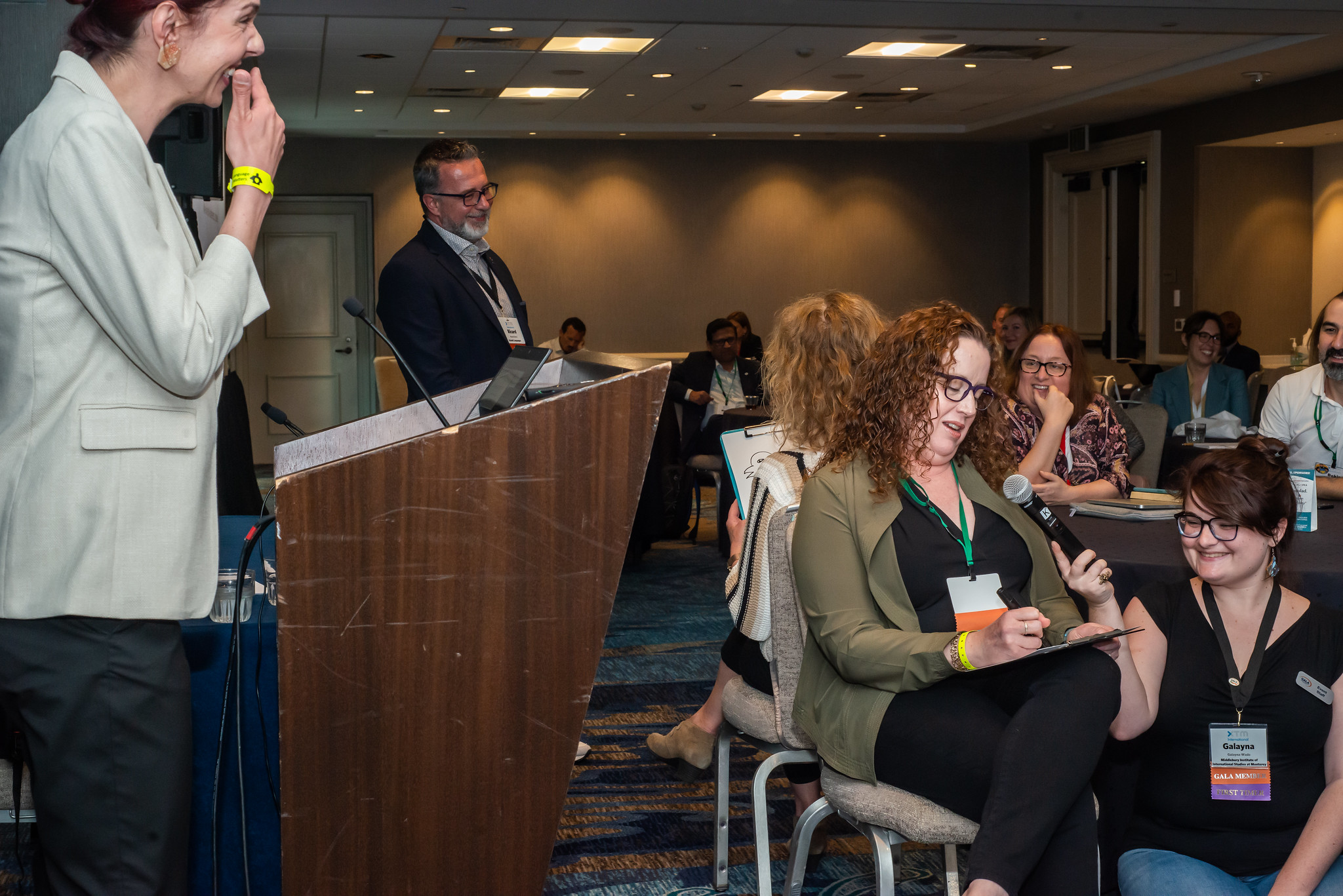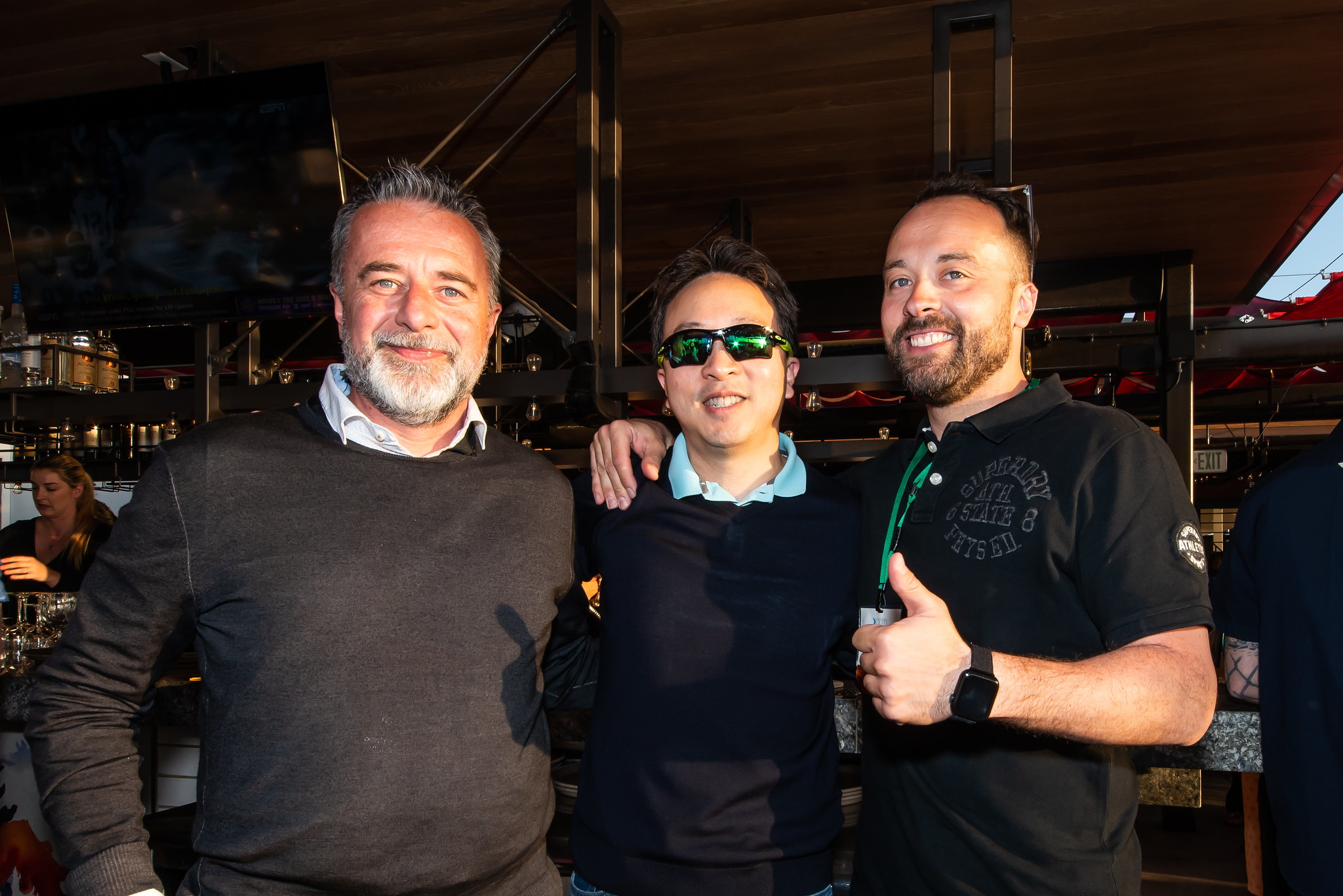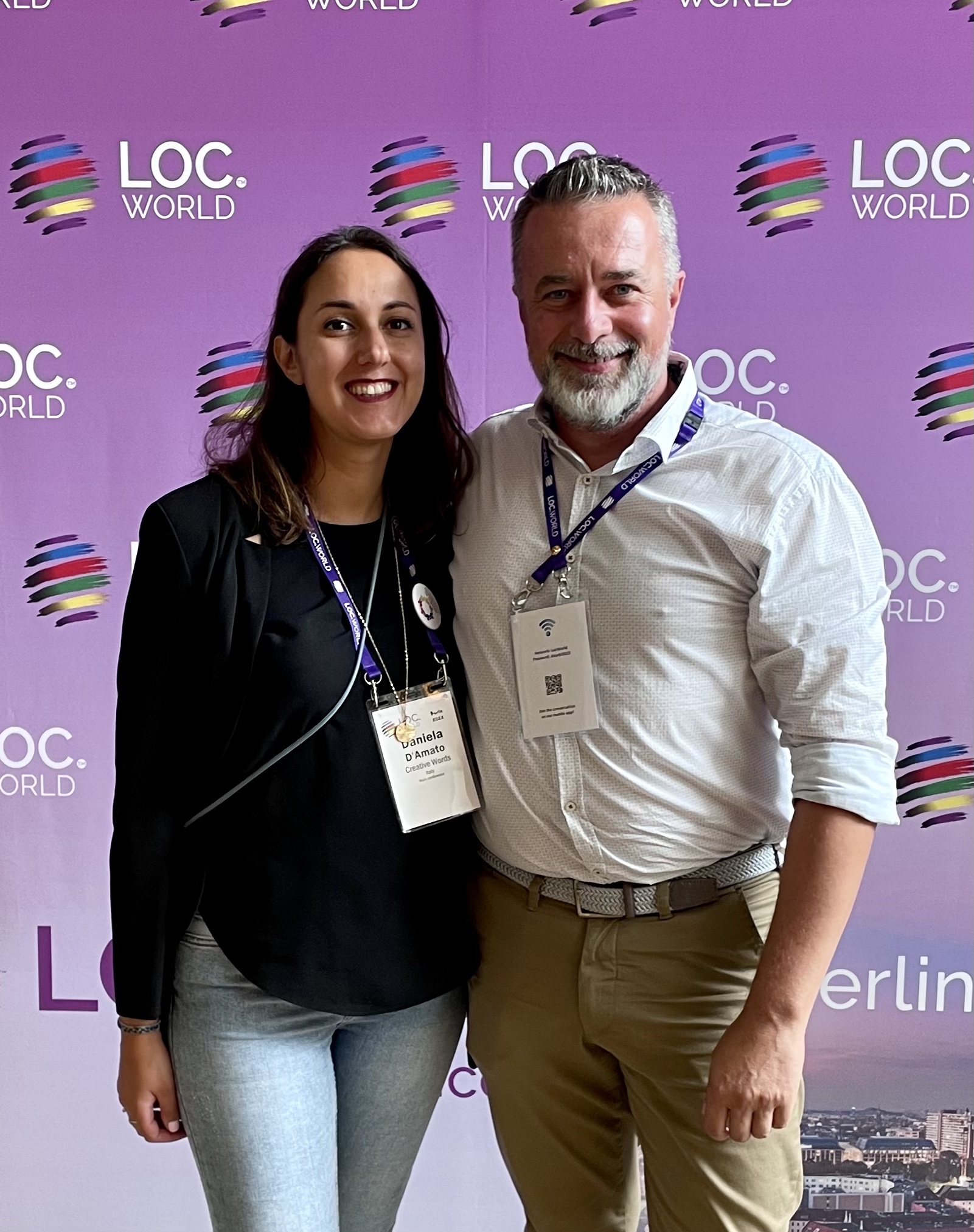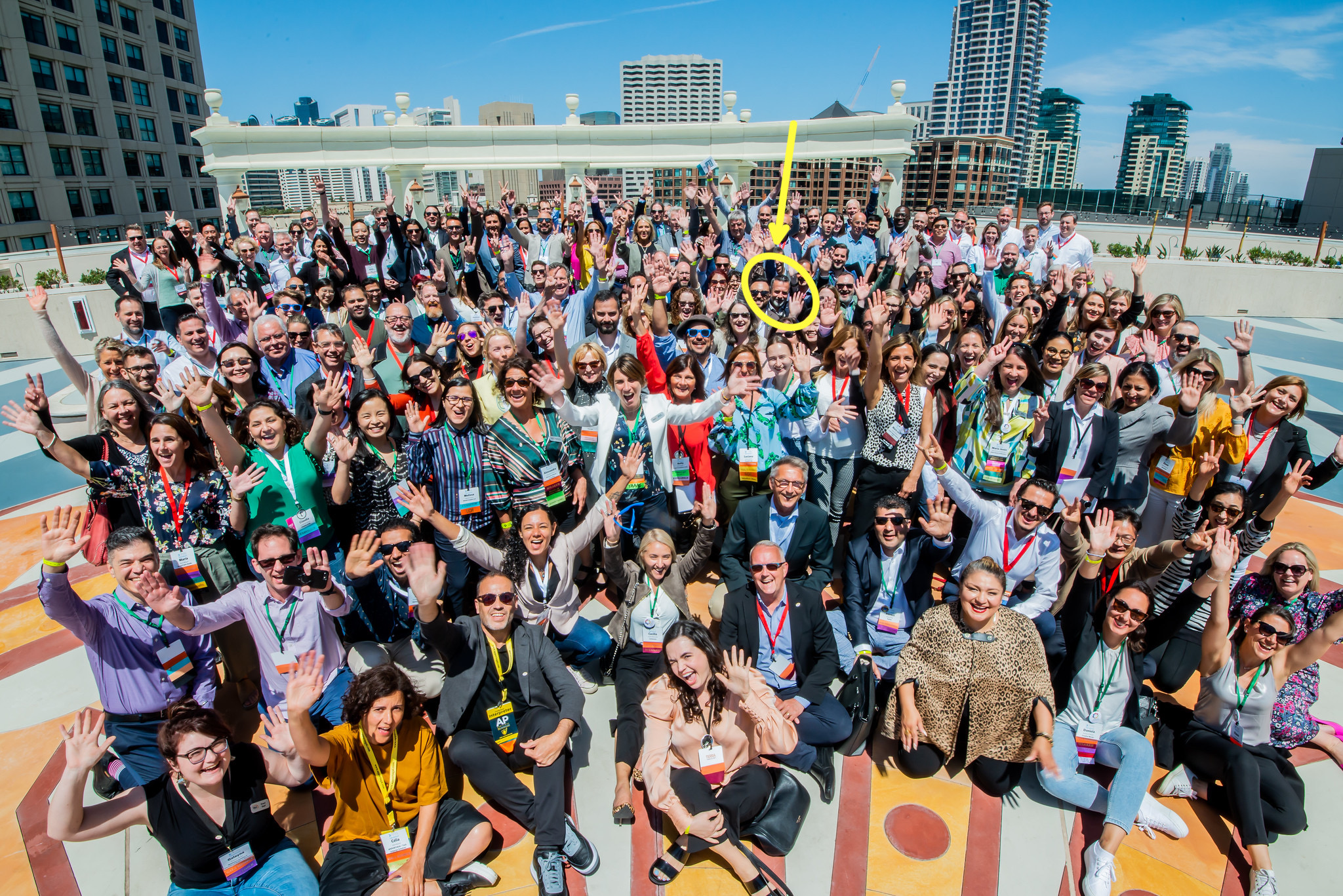As far as professional travel goes, I always try to attend two or three big conferences every year to keep up with the latest developments, to get the pulse of this translation and localization industry and to meet all the interesting people that in one way or another, contribute to make this industry such an exciting place to work, from Language Service Providers like Kobalt, to technology companies we partner with and buyers of translation and localization services.
San Diego was my first destination this year for Gala 2022. Being the less well known city in California, it’s certainly worth a visit. From Old Town San Diego and its Spanish mission that was the origin of other cities such as Los Angeles or San Francisco, to the vibrant streets of Little Italy in the modern part of the city, full of day and night life. Let’s not forget that we are talking about Top Gun territory and it’s home of the Fabulous Hotel Coronado where Marilyn Monroe, Jack Lemmon and Tony Curtis shot Some Like it Hot!
I also had the honour to be selected for one of the presentations and I talked about our company and the way we do things around here. First time as an international speaker and I’m sure it won’t be the last one!
The second event that I had planned was LocWorld in Berlin in mid July. Berlin is a wonderful city with a visible scar from when it was divided in two, going full steam ahead into the future. From Tiergarten Park to biergartens across the city and from Potsdamer Platz to Checkpoint Charlie you can feel Berlin is a vibrant city, an economic powerhouse and one of the places to be if you want to feel the pulse of new trends and what’s coming next.

MY 5 TAKE-AWAYS FROM INDUSTRY EVENTS IN 2022
Artificial Intelligence is still a long way ahead
Back in Gala Munich 2019, at least 50% of the presentations had “AI” in the title. Today, we still haven’t seen practical results from the application of AI in our workflows and it seems that the industry is trying to solve much more day-to-day issues. Yes, NMT (Neural Machine Translation) and neural networks have improved the output of machine translated content and that allows it to be deployed at a scale that wouldn’t be possible without the use of this technology, but the promise of what AI was supposed to bring is still a long way ahead.
It’s all about improving the processes
Translation is still a human intensive activity that has reached its peak as far as productivity goes. Humans using the latest technology cannot translate any faster now. The efficiencies must come from improving the processes in our companies to be able to deliver more content in less time. Automation is the word you hear often, but automation at a big scale is still hard to achieve and there’s a lot of tweaking and problem solving to connect systems and get them to work seamlessly. The lack of a true standard to connect those systems and restrictive APIs from some tech providers are forcing companies to create imaginative workarounds to implement fully automated services.
WFH and the new paradigm
One Friday by mid March 2020 I told my team “grab anything you might need from the office because from Monday on we will work from home”. One day later, lockdown was declared in Spain and we spent the next four months working remotely. We had implemented plans and upgraded our infrastructure during the previous weeks to be ready for that moment so it was a smooth transition.
These last two years have changed everything in the world’s work culture. Some companies have gone fully remote and have abandoned their offices and the majority have gone for a hybrid model. But this is bringing different challenges to all of us, from onboarding and training new employees, to improving communications and creating new routines to bring all the teams together. Most offices remain empty around the world and people refuse to go back to the office 5 days a week.
There’s a scarcity of talent globally and retaining talent is one of the big challenges for any company. That’s why a lot of effort is being put into creating an outstanding company culture that attracts the best employees and fosters talent retention.

Synthetic voices
Coming from a dubbing background where I used to translate cinema for a living, anything dubbing and subtitling related always catches my imagination. Looking back a couple of years, synthetic voices were what you expected a robotic voice to sound like, distorted, emotionless and with no vocal range. And voices in different languages always sounded with an awkward accent.
But thanks to AI and new and powerful training algorithms, the synthetic voices of 2022 sound very much like the human ones. One of the big prizes in LocWorld Berlin was won by a company called Voiceseed headed by Andrea Ballista that did an outstanding presentation of different voices in different situations and different languages. They all sounded very convincing and realistic.
However, I believe that right now, this technology is more focused on gaming products that need to dub lots of different characters or dubbing studios that could use this technology to replace human actors that voice ambient sounds. Talking to several companies working in this field, it’s clear that the goal is to dub lower budget video productions –90% of the video content worldwide is in one single language– but for now, this technology is quite labour intensive and reserved only for big budget projects.

Data services might be the next big thing
Language Service Companies work with a lot of data and we are in an excellent position to offer data related services to other companies. Services such as data collection, data annotation and other data services to power AI solutions such as voice recognition, multilingual transcription and so many others.
Although many of these services rely heavily on machine learning models, human contribution is essential to obtain good results that can be applied to train AI solutions. A global network of contributors is essential to deliver those services and that’s why translation companies are in an excellent position to satisfy that need.
Wrapping up!
For sure there were many other topics covered and many more interesting conversations with colleagues about the current status of our industry and the direction we are headed. But I will say that optimism is quite widespread across all the different participants in this industry that has been growing steadily even in these pandemic times. Adapting to change with new services such as remote interpreting or subtitling at scale, embracing a change in work culture and reacting fast to whatever is waiting for us in the future.
By the way, there's Wally! 👇






